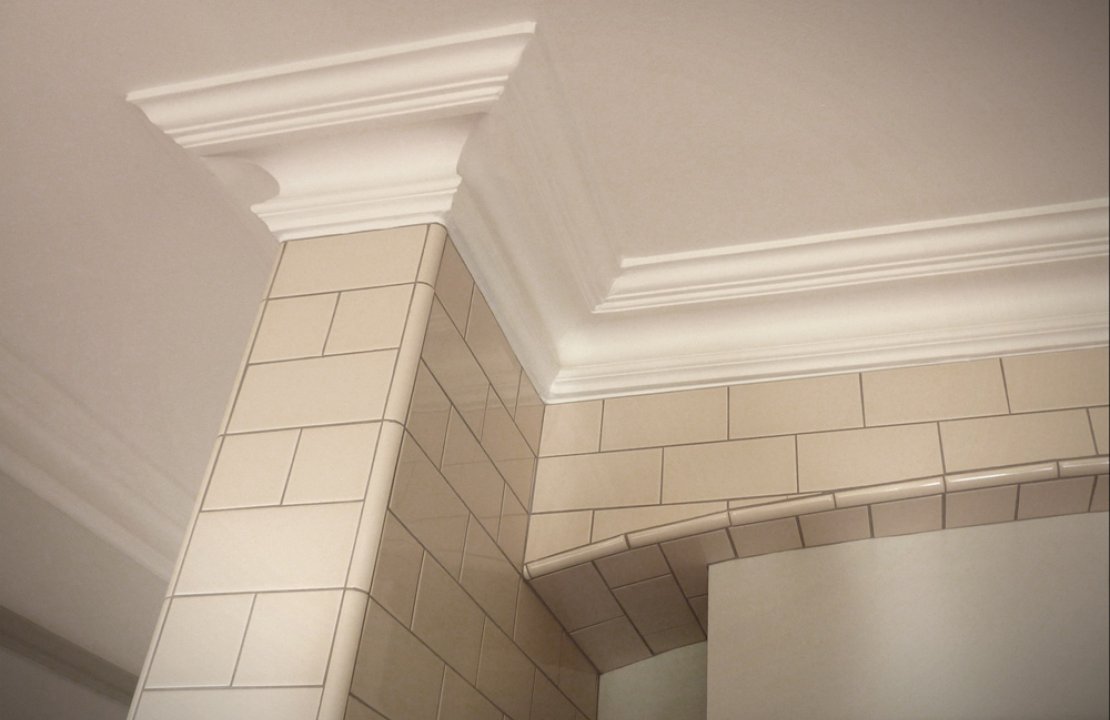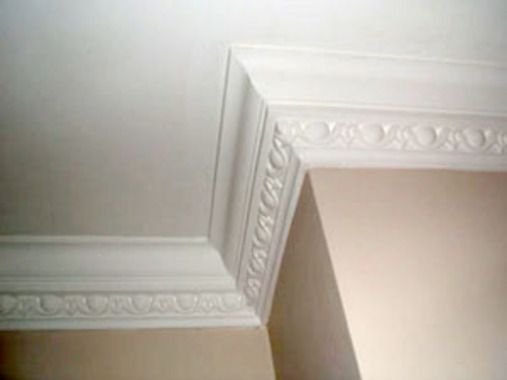Cornice or coving are used in conjunction with dado rails, picture rail mouldings and traditional skirting and these would have originally been chosen as a set to complement each other. The proportions and distance between these elements will vary from house to house and may even vary from room to room, however if placed correctly the room will simply look ‘right’.When renovating a Victorian house, it is best to stick to what is already in that house or what may have already been in that house if the original features have been stripped out. If your original features have been stripped out, try to visit some neighbouring properties who may still have their features in order to get some idea of what may be appropriate. The exact cornice profile may not exist within our collection but we will have something pretty close. Even when the original house was constructed neighboring interiors could differ as the new owners would personalise their home from architectural pattern books.If you need lots of cornice and you wish to stick exactly to what is in your house, new cornice profiles can be made to order for an additional cost.
The Victorian Emporium sells many different designs of cornicing in plaster and wooden coving.
There are many different profiles, designs and widths of cornice available from straight runs through to the more ornate Dentil, Flower and Flute, Fluted, Acanthus Leaf, Egg and Dart, Scroll Frieze, Shell and leaf, Small acanthus Leaf to the traditional Swag design.
How are plaster mouldings made?
Plaster cornice is made to your specific customer order – it is made by filling moulds to the profile of the cornice with fibrous plaster and allowing it to dry. It is then extracted from the mould and delivered slightly wet as it is then easier to work with in rooms whose walls are not quite straight and have less than perfect 90 degree corners. All plaster mouldings are made in this way be it ceiling roses, corbels, ceiling decorations or cornice/coving. If a bespoke plaster moulding design is required to be made rather than off the shelf designs from standard patterns, then you would need to photograph the existing plaster mouldings that you wish to match and provide photographs along with a set of dimensions. This would be enough information in order to quote on the work required. However if you wished to go ahead and commission the work, you may need to send in samples of your existing mouldings. This would be done by removing them carefully from your ceiling/walls and packaging them carefully in bubble wrap before send them to the workshop by courier.
How do you fit cornice or coving?
Cornice can be fiddly to fix in place. If you have lots of corners it is recommended that you order at least 10-20% more than you need to allow for mitring. The tools you will require are a good sharp small toothed saw, a spirit level and a mitre block to help you achieve perfect 45 degree cuts (assuming the room is square). Runs are cut to size to allow for the joins in the corners. It may take a couple of practice cuts before you get the hang of it. The corners of the coving are fixed together and can be filled with plaster and reshaped to correct any imperfections created when the cuts were made.
The Victorian Emporium sells the full range of beautiful decorative wooden mouldings and plaster mouldings including cornice, dado rails, picture rails and skirting boards for every room in your house.



Be the first to add a comment...